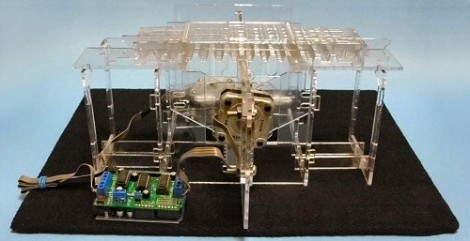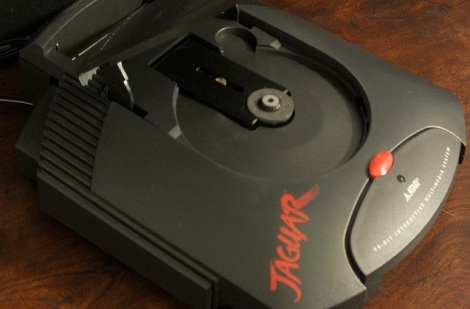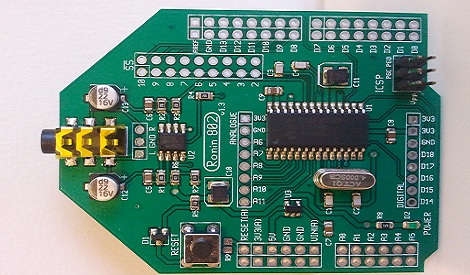
Apparently a Braille computer display can cost several thousand dollars. That’s why [David Pankhurst] is working on a low-cost alternative. His offering is an open source version he calls the Audrey Braille Display.
The concept is quite good. This prototype has one line of six Braille characters. Each character is made of two sliding strips containing eight arrangements of bumps. These can make up any character when positioned correctly. Two motors do all the work, one engages a single strip to reposition it, the other moves the first motor to select which strip should move. This is explained quite well in [David’s] most recent post. Or you can get a preview of the physical build here.
The concept is sound, but the refresh rate must be very slow. We wonder if there’s a way to keep one motor stationary and use solenoids to engage a drive shaft on the individual slide rods? This way, every row could be changed at the same time, disengaging when the appropriate slot is reached.
This hardware is much needed until developing Braille technologies actually come to market.
[via Dangerous Prototypes]













